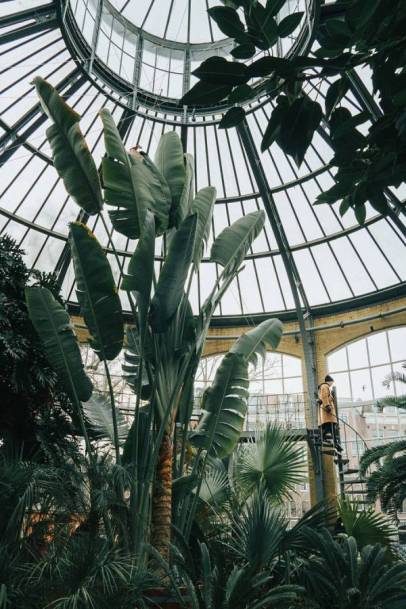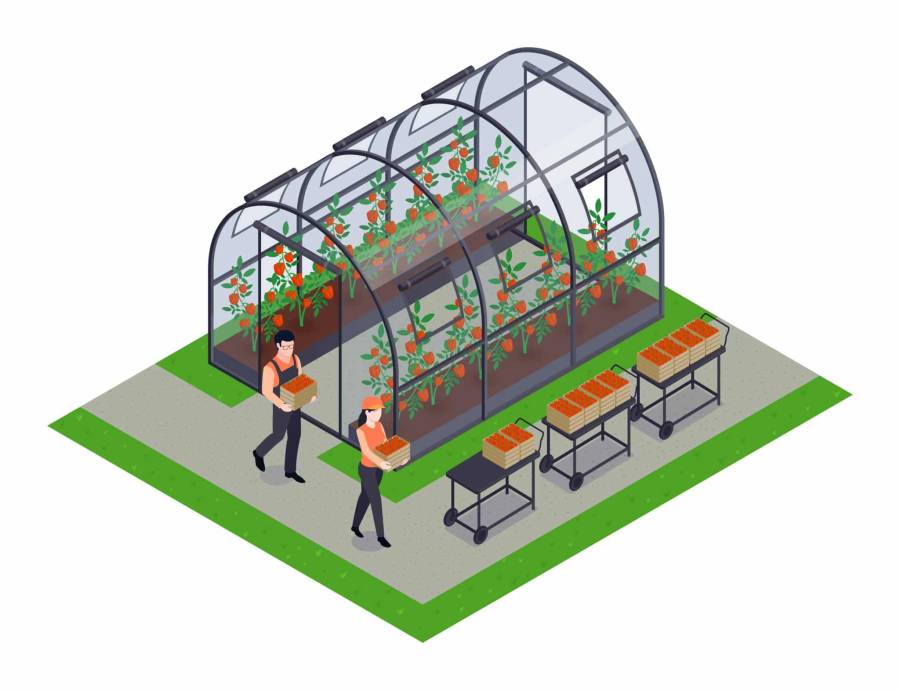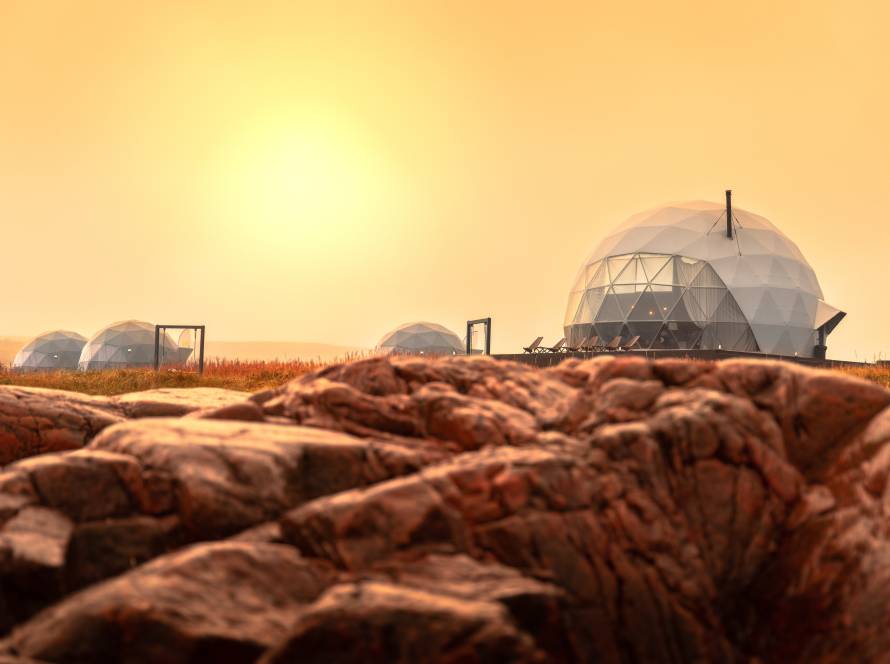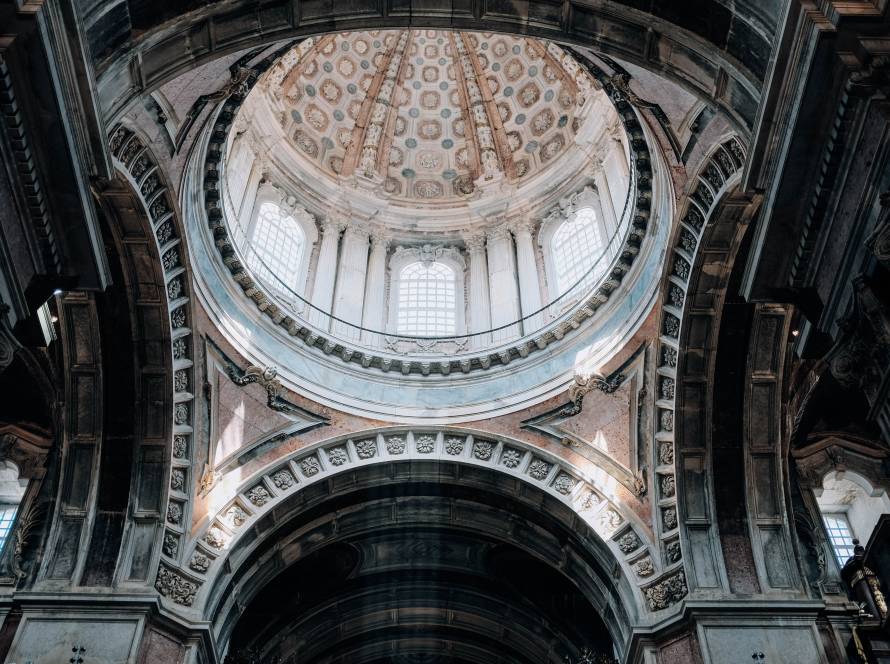Greenhouses
The history of greenhouses goes back thousands of years and ever since their conception, they have been constantly evolving. Growing plants out in the open leaves the plants prone to harsh elements, bugs, and unwanted pests. Constructing large greenhouses has become an increasingly popular form of farming and cultivating new plant life. For demand on greenhouse activities The Packer says, “According to the “Commercial Greenhouse Market Report 2022” from Research and Markets, North America’s commercial greenhouse market is growing at a compound annual rate of more than 12%, with the U.S. leading the way in industry expansion.” While Industrial farming continues to make advancements in farming practices and continues to find new and exciting ways to optimize land productivity greenhouses are more common for everyday personal use. People are constructing personal and communal greenhouses where those who love growing can get together and grow wonderful fresh food right in their own communities.
The Type of Large Greenhouse Matters
Greenhouses provide better growing conditions as well as extend growing seasons. There are multiple kinds of greenhouses as well but they all usually include see through panels to allow the light to pass through as well as plenty of wide open space and some form of temperature regulation to keep the inside from getting too hot. Using a regular rectangle shape allows for basic light passage and provides moderate benefits. Rectangular greenhouses were originally imported from Europe but they are not suitable for most climates. Generally, rectangular greenhouses get too hot in the summer and do not create enough heat in the winter. Utilizing a geodesic dome shape allows the glass panels from all sides of the greenhouse to focus light onto the flora properly, allowing for healthier plants and a superior growing environment.
Geodesic Greenhouses
Innovation in raising vegetation has allowed people with a passion for gardening to be able to grow stronger healthy plants with ease. Geodesic designs for large greenhouses have been proven to be the best solution for a greenhouse that can function in nearly any environment. The geodesic design was first created by R. Buckminster Fuller who envisioned a way to maximize a structure’s strength with the minimum amount of structural building components. It was later discovered that the angles in which the panels were placed allowed the sunlight to permeate through the structure in a never-before-seen way. This paired with the spherical designs proper airflow leads to optimal temperature regulation. Multiple new designs for geodesic domes have been created since their introduction. The structure itself mimics many phenomena seen in nature and due to their optimization of minimal structural components they are also far cheaper than regular buildings. Naturally geodesic greenhouses were adopted to be the new norm for greenhouse design due to their superior usage of light, temperature regulation, and cost efficiency.
New Ways to Utilize A Greenhouse
Inside of large greenhouses, the space is not limited solely to the floor like outdoor farming. Building shelves and levels for the plants helps increase capacity as well as create a wonderful form of runoff watering. Where the water from the top plants can trickle down to the lower ones. minimizing water waste. This system is known as vertical farming and paired with other farming methods can be used to optimize productivity and minimize waste. Growing inside greenhouses allows for multiple more effective forms of growing produce, such as hydroponics, aeroponics, and aquaponics.
Hydroponics
For hydroponics plants are grown in a nutrient-rich water solution without any soil at all. The nutrients are delivered directly to the roots and the excess water is all collected and recirculated. Many large greenhouses have begun adopting this form of plant growth due to how easily the plants can be both controlled and organized. There is no need for any form of airborne chemicals and the plants can be easily suspended in levels around the greenhouse which allows for optimized space utilization. All nutrients going into the plants can be easily controlled while also minimizing any excess water waste.
Aeroponics
In aeroponics, plants are grown with their roots suspended in mid-air and are sprayed with a nutrient-rich solution mist. This system also recirculates water to create an efficient wasteless system. One of the largest advantages of aeroponics is that the roots of the plants are suspended in the air which ensures that there are no issues with insufficient oxygen circulation. This method also optimizes the utilization of space available by suspending all the plants in the air.
Aquaponics
In aquaponics, plants are grown through a symbiotic relationship between the fish and flora. A nutrient-rich solution comes from a connected fish tank where the waste produced by the fish provides nutrients for the plants, and the plants are used to filter the water for the fish. When this method is used in large greenhouses ⅙ of the water is being used while increasing production by 8 times per acre. No chemically created fertilizers are necessary. Aquaponics is the most guaranteed way to grow 100% natural food with no added chemicals all while increasing production capacity and quality.
All of these are wonderful and creative methods that can optimize a greenhouse’s capabilities. Admittedly all these methods take a more scientific approach. Most people want to use their greenhouse as a sanctuary where they can become closer and more intimate with growing their plants. For those with a classic green thumb large greenhouses are a wonderful accommodation to bring the grower closer to their garden.
Greenhouses :Where to Begin
For those looking to start their own greenhouse, there are a plethora of options available now. Many designs build upon the already superior geodesic dome design. The Greenhouses CDS for example are designed specifically to enhance plant growth year-round while also protecting its contents from all outside forces. The clear PVC domes are best for areas where privacy is not an issue. While large greenhouses are optimal these models do come in a variety of sizes to fit in open spaces or enclosed areas like backyards. But before deciding to buy a greenhouse one should consider what kind of growing style they want to have for themselves and whether or not they wish to utilize the entire space for food or if they want to also fill the area with unique and beautiful flora that they can keep safe and protected. An oasis where those who love cultivating life is what a greenhouse is all about. Deciding how to do that and what each gardener’s dream oasis looks like is the first step towards deciding what greenhouse will be right for them.




